As healthcare costs have risen rapidly in the last decade, employer-sponsored health insurance premiums have followed,1 affecting both organizations and employees. Plan sponsors see continuously rising costs and may question if they’re getting their money’s worth.
Data analytics is the first step in answering that question, directing employers toward what medical situations can sink a healthcare plan. Analytics can show the conditions, treatments, and outcomes that are problematic and need addressing.
But to fully understand any healthcare plan issue — and know how to fix it — requires clinical informatics, where experts examine data from a medical perspective.
CLINICAL INFORMATICS AND HEALTH PLANS
There’s an adage in academia about the difference between analytics and informatics: Analytics will tell you that your hair’s on fire, but informatics will tell you why.For health plan sponsors, that adage means data analytics shows what medical situations are financially problematic, while clinical informatics shows why those conditions are manifesting and uncover the risk involved.
The benefits of clinical informatics go far beyond simple cost containment. It can result in smarter clinical and administrative decisions. Informatics can improve plan design; if you’re a plan sponsor, it can help your bargaining position with underwriters.
HOW CLINICAL INFORMATICS WORKS
Think of informatics as a tool that uncovers the underlying risk beyond the initial cost of treating a condition. For example, a health plan may have an inordinate number of claims involving ankylosing spondylitis, a type of inflammatory arthritis that affects large joints and the spine. Data analytics will show the cost and prevalence of the condition.
However, those working in clinical informatics will recognize ankylosing spondylitis can also have adverse effects on the heart, kidneys, muscles, and eyes. Those complications may result in untold healthcare costs later on. Clinical informatics will also question if medications prescribed for ankylosing spondylitis are appropriate based on other underlying health conditions.
And if there’s a medical procedure involved, informatics applies a medical lens to ensure the procedure aligns with the medical policy’s coverage provisions, exclusions and limitations, as well as determining the right provider and facility to perform procedures.
CLINICAL INFORMATICS FOR ALL
Clinical informatics was once limited to large healthcare plans, which could access analytics and informatics through their insurance brokers.
However, changes to federal law now means small and middle-market employers are entitled to their benefits data by law, including pharmaceutical use and cost data.
With full access to their data, smaller employers are empowered to change the carrier’s narrative about their risk posture. But the next step means leveraging clinical informatics to gather insights that lead to new strategies — and it’s up to the employers to interpret that data through their insurance broker, not their insurance carrier..
WANT TO LEARN MORE?
HUB's Employee Benefits Advisors can help connect data to improved benefits and healthcare for your workforce.

















